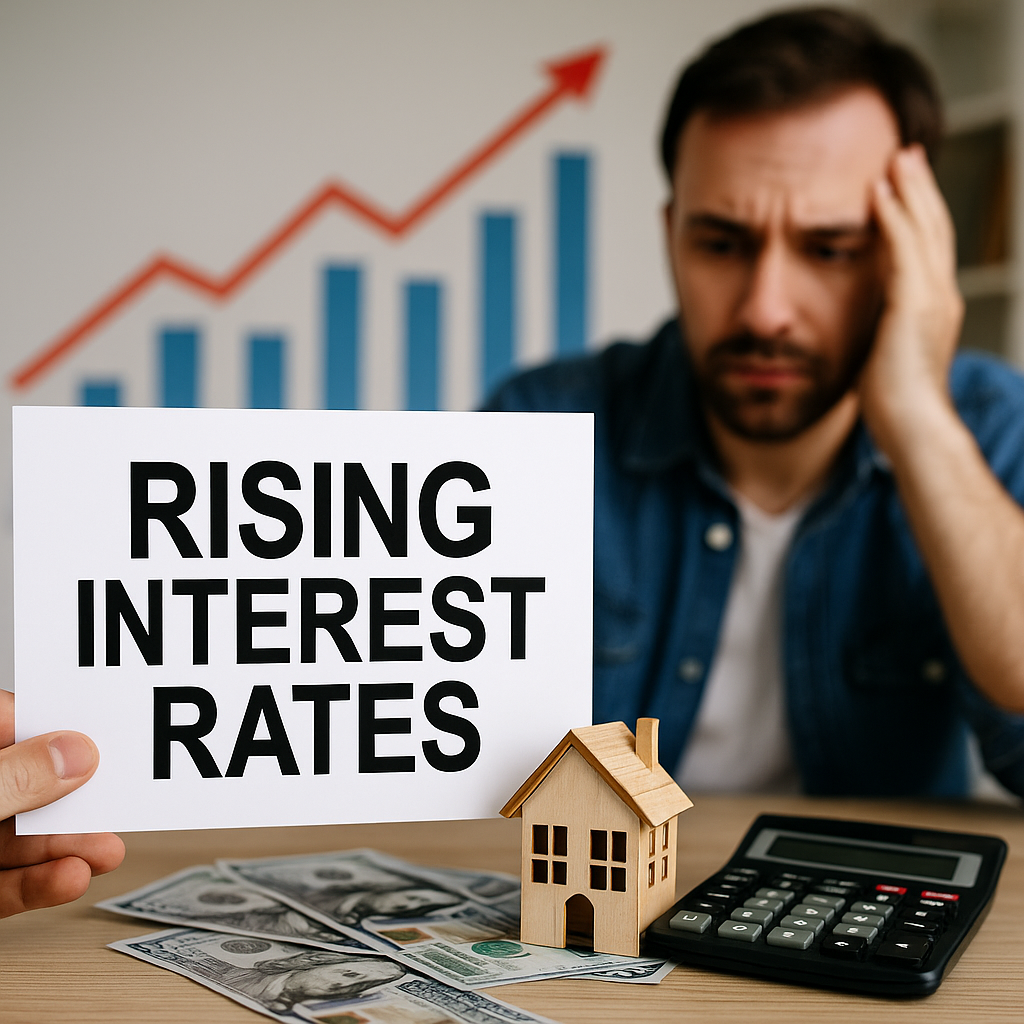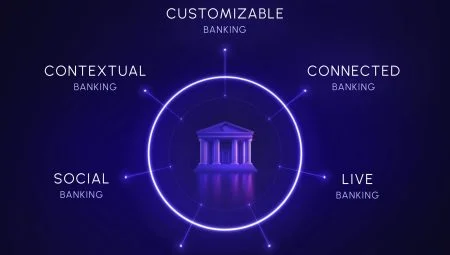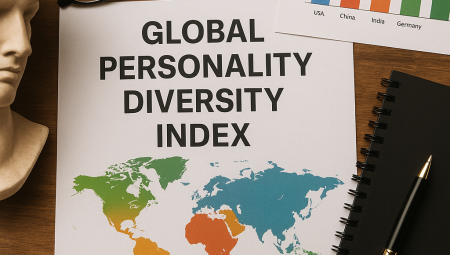What Are Interest Rates and Why Do They Rise?
Interest rates are the cost of borrowing money. When central banks like the Federal Reserve (in the U.S.) or TCMB (in Turkey) increase rates, borrowing becomes more expensive. The goal? Control inflation and cool off an overheating economy.
As prices rise, central banks use interest rate hikes to reduce demand, hoping to stabilize the market without causing a recession.
Who Decides Interest Rates and How It Works
Interest rate decisions are typically made by central banks. In the U.S., this is the Federal Open Market Committee (FOMC). These decisions are based on:
-
Inflation data
-
Employment levels
-
GDP growth
-
Geopolitical and global factors
When interest rates rise, banks increase lending rates, which directly affects mortgages, car loans, credit cards, and more.
How Rising Interest Rates Affect Your Daily Life
Everyday consumers feel the pressure in multiple ways:
-
Home Loans: Mortgage rates go up, making monthly payments higher and qualifying for loans harder.
-
Credit Cards: Variable rates mean higher interest on unpaid balances—your debt gets more expensive.
-
Auto Financing: Monthly car payments rise, reducing affordability for new or used vehicles.
Essentially, everything tied to borrowed money becomes costlier.
The Domino Effect on Consumer Spending
When borrowing gets expensive, spending slows down:
-
Retail Shopping: Consumers cut back on non-essential purchases.
-
Travel & Leisure: Vacation plans get delayed or scaled down.
-
Subscription Services: From streaming to fitness apps, people begin canceling or downgrading.
Less spending can cool the economy—but it also affects jobs and business growth.



